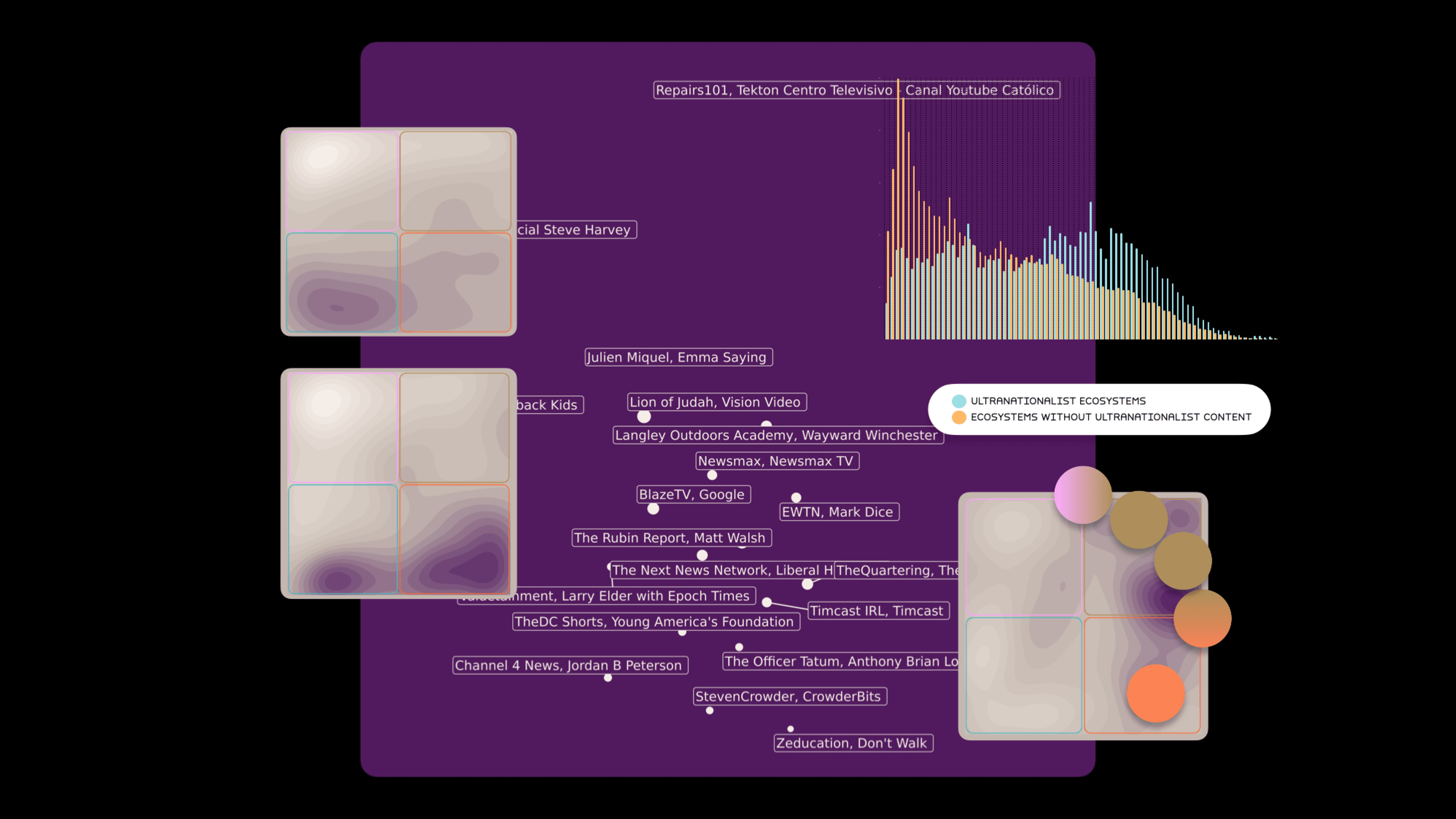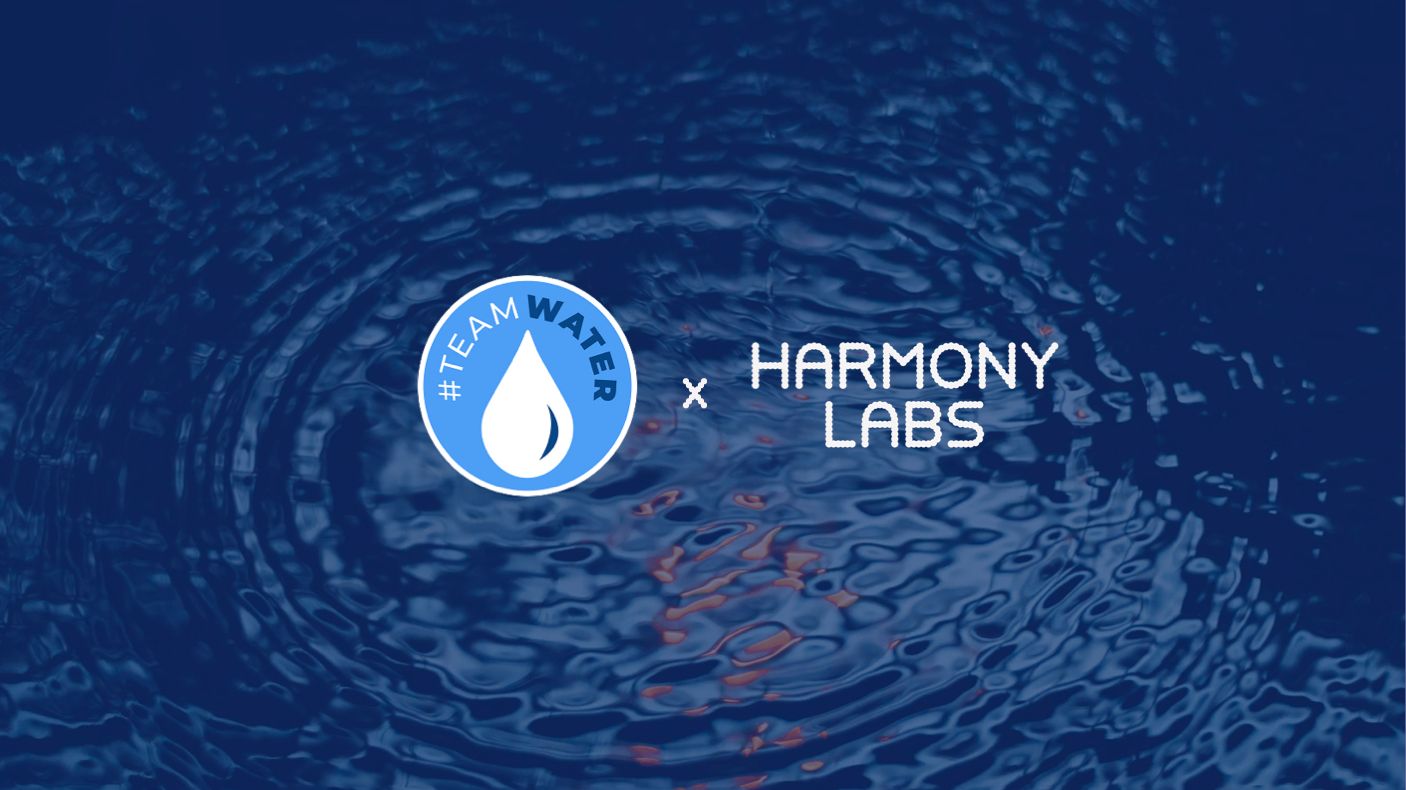Four Principles For Building Power in Media


2024-06-10
Against a backdrop of rising political violence in the U.S., our latest research report, in partnership with Story Strategy Group, examined the question—to what extent are young men engaging with content that carries the ultranationalist narrative, a narrative historically associated with political violence? In short, the answer is complicated.
The primary audience building content ecosystems that carry the ultranationalist narrative are older and middle-aged men. But young men are engaging with transgressive content, some of which contains beats of the ultranationalist narrative, such as the assertion that society has become “decadent, degraded, impure,” or a belief in a “natural order” based on gender, race, and religion.
As we delved further into the content worlds of young men, what struck us was the omnipresence of “play.” In and outside of gaming, pertaining to content transgressive in nature or not, play is how young men explore ideas, test boundaries, make sense of the world, and learn about themselves. Although the boundaries between play and “real life” can be ambiguous, contested, and porous, play may offer a way to meet young men where they are and help them build resilience to the ultranationalist narrative.
For this research, Harmony Labs used raw media consumption data from panels of 300,000+ people who opt in and are compensated to share their click-by-click, minute-by-minute media interactions with media measurement companies. In particular, we analyzed more than 79 million YouTube video encounters to create “ecosystems”—content clusters created by audience interactions that gave us a window into whether and how audiences were engaging with themes from the ultranationalist narrative, as well where the media behaviors of young men fit in.
In addition to the key takeaways summarized below, you can read more about our research and findings in the full report here. Please be advised: media referenced in this report may be inappropriate for some users.

If this research sparks any questions, thoughts, or ideas for you, we’d love to hear about it. Please get in touch at hello@harmonylabs.org.



